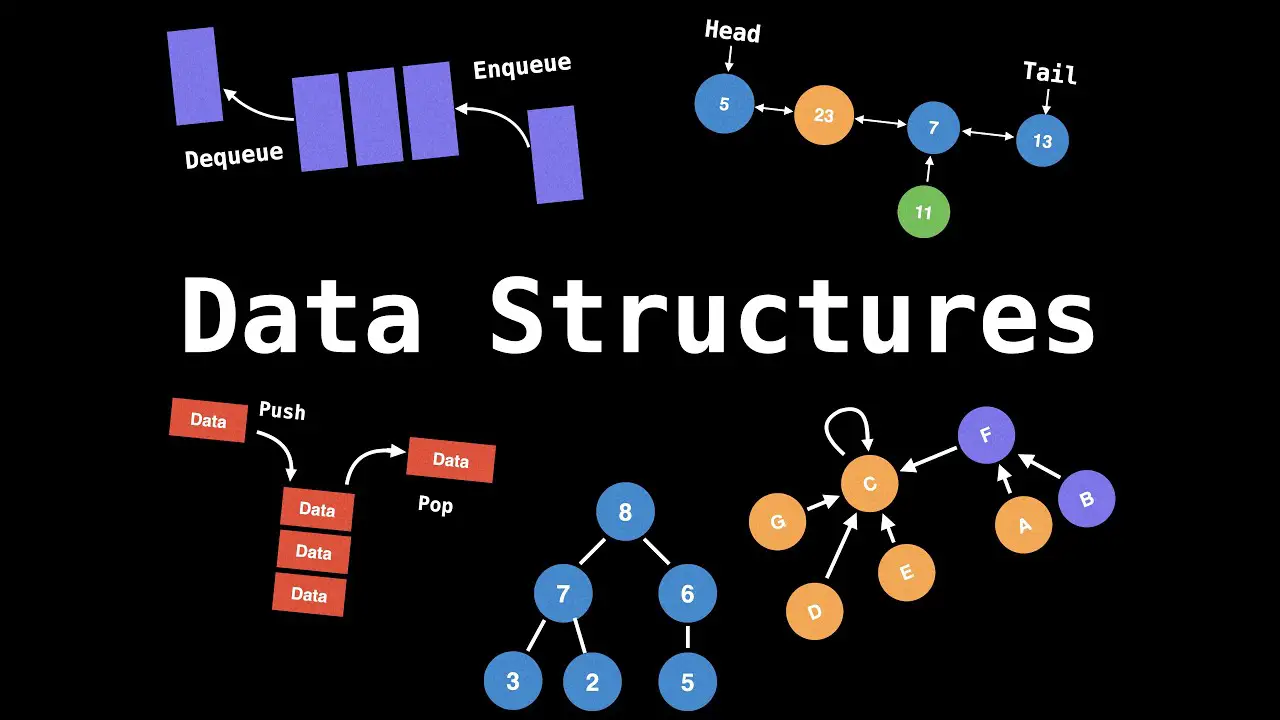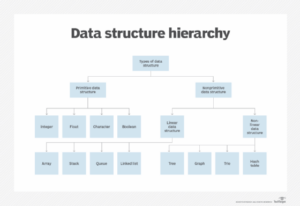
Data structures and algorithms are difficult to learn. In addition, there are many of them, and it is impossible to memorize everything. It is not surprising that many students face difficulties in learning and turn to data structure assignment help like Getcodinghelp.com. This article will help you make the learning process easier and more enjoyable.
Data structures play a crucial role in the software development process, and they are also often asked about during developer interviews. The good news is that they are essentially just special formats for organizing and storing data. Mastering these areas of programming requires two things: understanding and practice. We have compiled a list of steps for you, which we hope will help you on your journey.
Read
Just as theory is nothing without practice, practice is nothing without theory. Constantly learning, reading, absorbing new knowledge — all this, without exaggeration, is the duty of any self-respecting programmer. Although memorizing algorithms and data structures today is not as obligatory a rule as it used to be, knowledge of these things is a good tone for a programmer.
As you learn more and more algorithms and data structures, you will begin to notice this tendency: the more you learn, the less you know. The more you know, the more you need to know extra.
Don’t jump right into implementation. First, make sure that you understand all aspects of what you have learned. Try to become a computer by working through each algorithm step manually, on paper.

Choose some proper learning materials
Data structure and algorithms studies offer some classical educational resources. Although they are useful, they can be difficult for a beginner. From the start, you are better off working with resources that use a programming language that you already know. These include books, videos, and tutorials.
Learn the basics
Bipartite graphs, maximum flows, etc., are less intuitive. All common algorithms are useful tools, but you rarely need to use them in your daily development.
If you learn the more intuitive and generic algorithms first, you can eventually master the more complex, niche methods.
Practice
This step should be done simultaneously with the previous one. Practice will help consolidate knowledge and allow you to operate differently with an algorithm or data structure to solve your problems.
You can certainly practice by reading a book, but there are several platforms that can become your ground for learning. For example, you can use CodeForces (data structures). Weekly challenges, the opportunity to learn from other people’s solutions, and the constant availability of new challenges make this a fascinating resource to explore. There are more platforms and forums you can find on Google. Don’t limit yourself only to CodeForces.
Implement
Write a working code, ready and debugged if necessary. You should write a data structure or algorithm from scratch just by looking at a piece of paper. However, if you get stuck, you may have missed something and should go back to step one.
Learning data structures is all about understanding them, not just implementing them. This is because manipulating a data structure to fit a particular problem requires you to understand how that data structure works. Thus, it doesn’t matter what language the data structure is written in. Instead, try to imagine how it works using a piece of paper and a pencil.
Learn from real projects
Knowledge and skills only matter if they can be applied to real-world products. For example, you might be interested in learning how Google search suggestions work in terms of data structures or algorithms.
You can also learn a lot from existing code. Open-source projects are helpful to you.
Don’t stop! Even if it’s hard
Admitting defeat, the decision to give up — this is what got in the way of almost every programmer, but only those who had enough willpower not to give up, and continue, achieved something as a programmer.
Read the code of other programmers. Do not mindlessly copy and paste it; instead, try to understand the main idea of the solution. Then close the code and write your solution based on what you have just read, but without looking at the code. This is very important because only if you manage to solve the problem this way can you accurately claim that you understand how things work.
All of the problems you will encounter as a programmer have similar problems. Thus, during your painstaking work with algorithms and data structures, you will learn how to solve problems that once seemed unsolvable to you.
Ten types of data structures you need to know
Linked lists
A linked list is a basic data structure. It is often compared to an array since many other structures can be implemented using an array or a linked list. A linked list consists of a group of nodes that form a sequence. Each node contains the actual data it stores (which can be data of any type) and a pointer (or reference) to the next node in the sequence. The basic operations in a linked list include adding, removing, and finding an item in the list.
Stacks
A stack is a basic data structure that allows you to add or remove items only at its beginning. It is similar to a stack of books: if you want to look at a book in the middle of the stack, you have first to remove the ones at the top. You can perform three operations on stacks: adding an element (push), removing an element (pop), and displaying the contents of the stack (pip).
Queues
This structure can be represented as a queue in a grocery store. The first one to be served is the one who came in at the beginning — it’s just like in life. The queue allows two basic operations: adding items to the end of the queue (enqueue) and removing the first item (dequeue).
Sets
A set stores data values in no particular order without repeating them. It not only allows you to add and remove elements. Several important functions can be applied to two sets at once.
Map
A map is a structure that stores data in key/value pairs, where each key is unique. Sometimes it is also called an associative array or dictionary. The map is often used to search for data quickly.
Hash Tables
A hash table is a Map-like structure that contains key/value pairs. It uses a hash function to calculate an index in an array of data blocks to find the desired value.
Binary search tree
A tree is a data structure made up of nodes. Binary search trees allow you to find, add, and remove items quickly. They are arranged so that the time of each operation is proportional to the logarithm of the total number of elements in the tree.
Prefix Tree
The prefix (loaded) tree is a kind of search tree. It stores data in labels, each representing a node in the tree. Such structures are often used to store words and quickly search on them – for example, for the autocomplete function.
Binary heap
A binary heap is another tree-like data structure. It has a maximum of two offspring for each node. It is also a perfect tree: all levels are fully occupied, and the last level is filled from left to right.
Graph
Graphs are sets of nodes (vertices) and links between them (edges). They are also called networks. Graphs are divided into two main types: oriented and non-oriented. The edges between nodes do not have any direction in undirected graphs, whereas the edges in oriented graphs do.





Leave a Reply